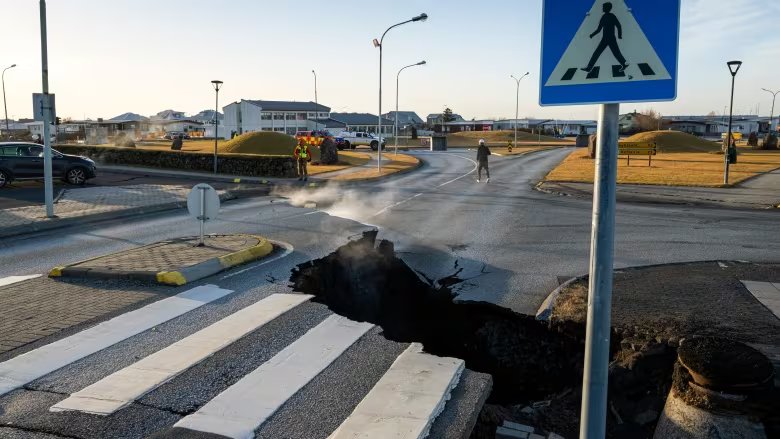Resilience, recovery prioritized in Iceland report on Grindavik evacuation

A year after the major natural disaster that forced the evacuation of Grindavík, the Icelandic government has released a report detailing its response efforts, projects related to the event, and how it can better prepare for the future.
On Friday, the Prime Minister’s Office stated that although time constraints from the upcoming elections prevent a full parliamentary discussion of the report, it was still circulated in Alþingi (Iceland’s parliament) to ensure transparency.
The disaster began on January 14, 2024 when an eruption struck just north of Grindavík at 7:57 a.m. local time—the second eruption in the area since December.
Authorities had already evacuated Grindavík as a precaution.
All residents have since returned but the impact of the earthquakes and subsequent fires is ongoing.

The PMO said the main goal of the report is to give the public an overview of the government’s response and inform future decisions.
“The main focus has been on ensuring the livelihood of the residents and solving their housing needs,” the PMO said in its statement.
“It was also possible to protect the settlement in Grindavík and important energy infrastructure by building defenses, but the prerequisite for how quickly they could be started was good preparation that had been going on for several years.”
While much has been done, the report also highlighted the ongoing risks the region faces, with future earthquakes remaining a significant threat to settlements and infrastructure.
“The government increasingly needs to focus its attention on strengthening resilience in all of Suðurnes,” the report states, urging more resources be directed toward these efforts in the future.

The PMO said the report was prepared with input from multiple agencies, including the Meteorological Office and Civil Defense.
It report also stressed the need for continued support, particularly for children and vulnerable groups who are still dealing with the trauma of the past year.
Related stories from around the North:
Canada: N.W.T. Indigenous governments get $15M to deal with 2023 wildfires’ impact, CBC News
Finland: Flooding in Finland is getting worse, new climate report says, Yle News
Iceland: Iceland authorities warn hikers of rockfall risk after post-eruption earthquakes, Eye on the Arctic
Norway: Smoke from Canadian wildfires forecast to reach Norway, The Associated Press
Russia: New NOAA report finds vast Siberian wildfires linked to Arctic warming, The Associated Press
Sweden: High risk of wildfires in many parts of Sweden, including North, Radio Sweden
United States: Bursting ice dam in Alaska highlights risks of glacial flooding around the globe, The Associated Press




In the otherwise factual article, I find “All residents have since returned” to be utterly false. Residents have returned in order to empty their homes; very few have returned to go on living in Grindavik. Only 30-35 households are occupied by residents. Children cannot return at all because the terrain remains dangerous. The stretch of coastline Gindaviks resides on is split by crevices that are only few hundred meters apart, in some places only tens of meters apart.
Most of the 3800 Grindavik residents who were evacuated a year ago are still living in more or less temporary housing arrangements, while about a third have already registered their permanent residency in some other municipality.